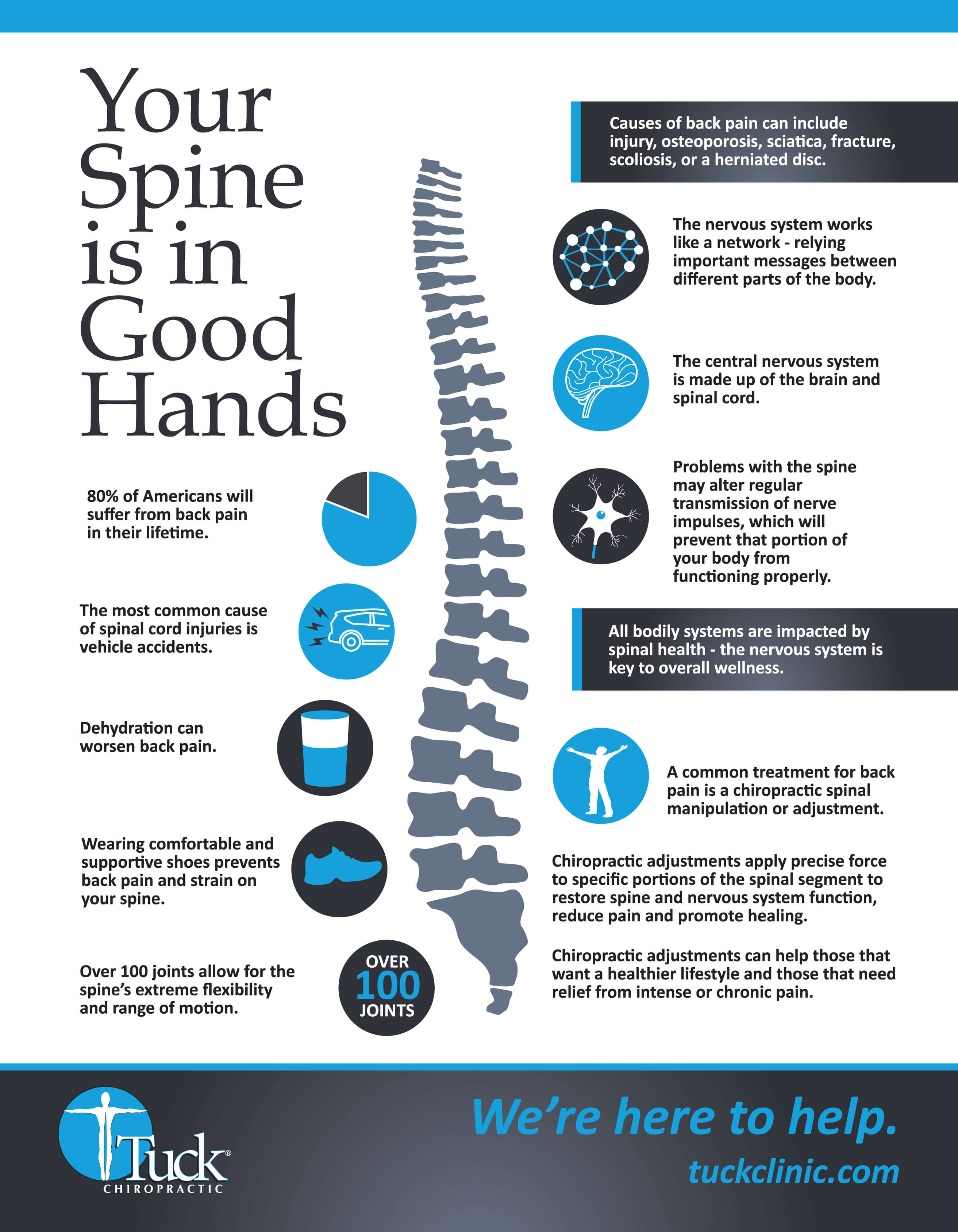Prepare To Explore The Remarkable Globe Of Mobile Interactions In Cold Laser Therapy And Exactly How It Makes Use Of Light To Assist In Healing. Take A Deeper Dive Into The Clinical Facets!
Prepare To Explore The Remarkable Globe Of Mobile Interactions In Cold Laser Therapy And Exactly How It Makes Use Of Light To Assist In Healing. Take A Deeper Dive Into The Clinical Facets!
Blog Article
Staff Author-Castro Roman
You may have heard of cold laser treatment as an appealing therapy alternative for numerous problems, however have you ever asked yourself how it really works on a mobile degree? Recognizing the devices behind this treatment can shed light on its performance in promoting healing and lowering swelling. By exploring the scientific research behind cold laser therapy, you'll obtain understandings into the fascinating ways in which light can affect mobile processes and facilitate tissue repair work.
How Cold Laser Treatment Functions
To comprehend exactly how cold laser treatment works, you need to grasp the essential concepts of exactly how light energy communicates with biological cells. Cold laser treatment, likewise known as low-level laser treatment (LLLT), makes use of certain wavelengths of light to permeate the skin and target underlying tissues. Unlike the extreme lasers made use of in procedures, cold lasers give off low levels of light that do not generate warm or cause damages to the tissues.
When these gentle light waves get to the cells, they're taken in by elements called chromophores, such as cytochrome c oxidase in mitochondria. This absorption triggers a series of biological feedbacks, consisting of increased mobile power manufacturing and the launch of nitric oxide, which improves blood circulation and minimizes inflammation.
Furthermore, the light energy can likewise boost the manufacturing of adenosine triphosphate (ATP), the energy currency of cells, aiding in cellular repair work and regrowth processes.
Essentially, cold laser treatment uses the power of light energy to promote healing and ease pain in a non-invasive and mild fashion.
Mechanisms of Action
Just how does cold laser treatment really work to generate its healing results on biological tissues?
Cold laser therapy, likewise referred to as low-level laser treatment (LLLT), runs via a procedure known as photobiomodulation. When Read A lot more is related to the skin, the light power passes through the cells and is absorbed by chromophores within the cells.
smoking laser treatment , such as cytochrome c oxidase in the mitochondria, are after that stimulated by the light power, resulting in a cascade of biological responses. One essential system of activity is the enhancement of mobile metabolic rate.
The soaked up light power boosts ATP manufacturing in the mitochondria, which is critical for mobile feature and repair service. Furthermore, cold laser treatment helps to decrease swelling by preventing inflammatory arbitrators and advertising the release of anti-inflammatory cytokines.
This anti-inflammatory effect contributes to discomfort alleviation and cells healing.
Restorative Effects
Comprehending the healing effects of cold laser treatment entails acknowledging how the enhanced mobile metabolic rate and anti-inflammatory residential properties contribute to its positive outcomes on biological cells.
When https://www.nature.com/articles/s41598-022-14812-8 is applied to the damaged area, it promotes the mitochondria within the cells, causing boosted manufacturing of adenosine triphosphate (ATP), which is critical for cellular feature and repair. This boost in cellular power increases the healing process by advertising cells regeneration and decreasing swelling.
Furthermore, the anti-inflammatory residential properties of cold laser therapy help to decrease discomfort and swelling in the targeted area. By inhibiting inflammatory moderators and promoting the launch of anti-inflammatory cytokines, cold laser treatment help in alleviating pain and improving the general healing reaction.
This reduction in inflammation not only gives instant relief but likewise supports long-lasting tissue repair.
Verdict
Finally, cold laser therapy functions by boosting mobile repair service and cells regrowth via photobiomodulation. Its anti-inflammatory homes give discomfort alleviation and lower swelling by preventing inflammatory moderators.
This therapy offers a thorough approach to healing, providing both immediate relief and lasting tissue repair benefits.
With its systems of action, cold laser therapy confirms to be an effective and promising treatment alternative for a range of problems.
